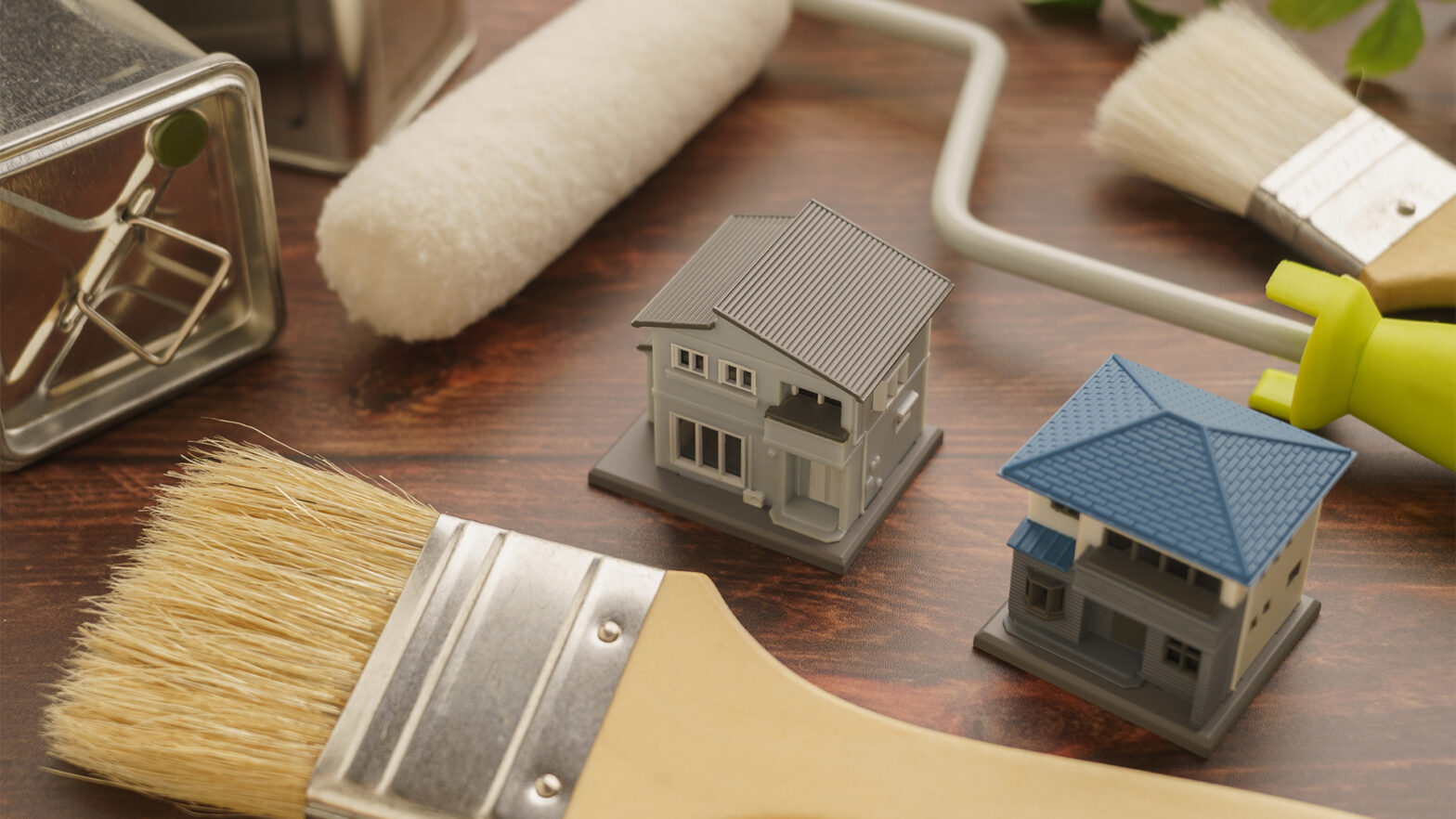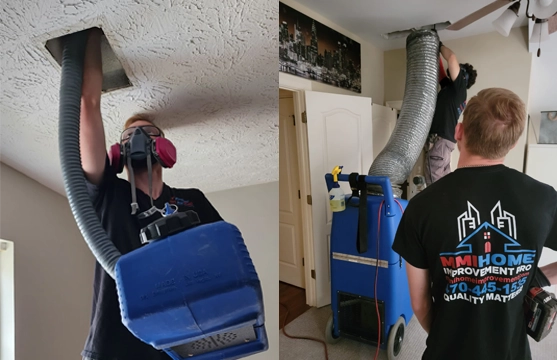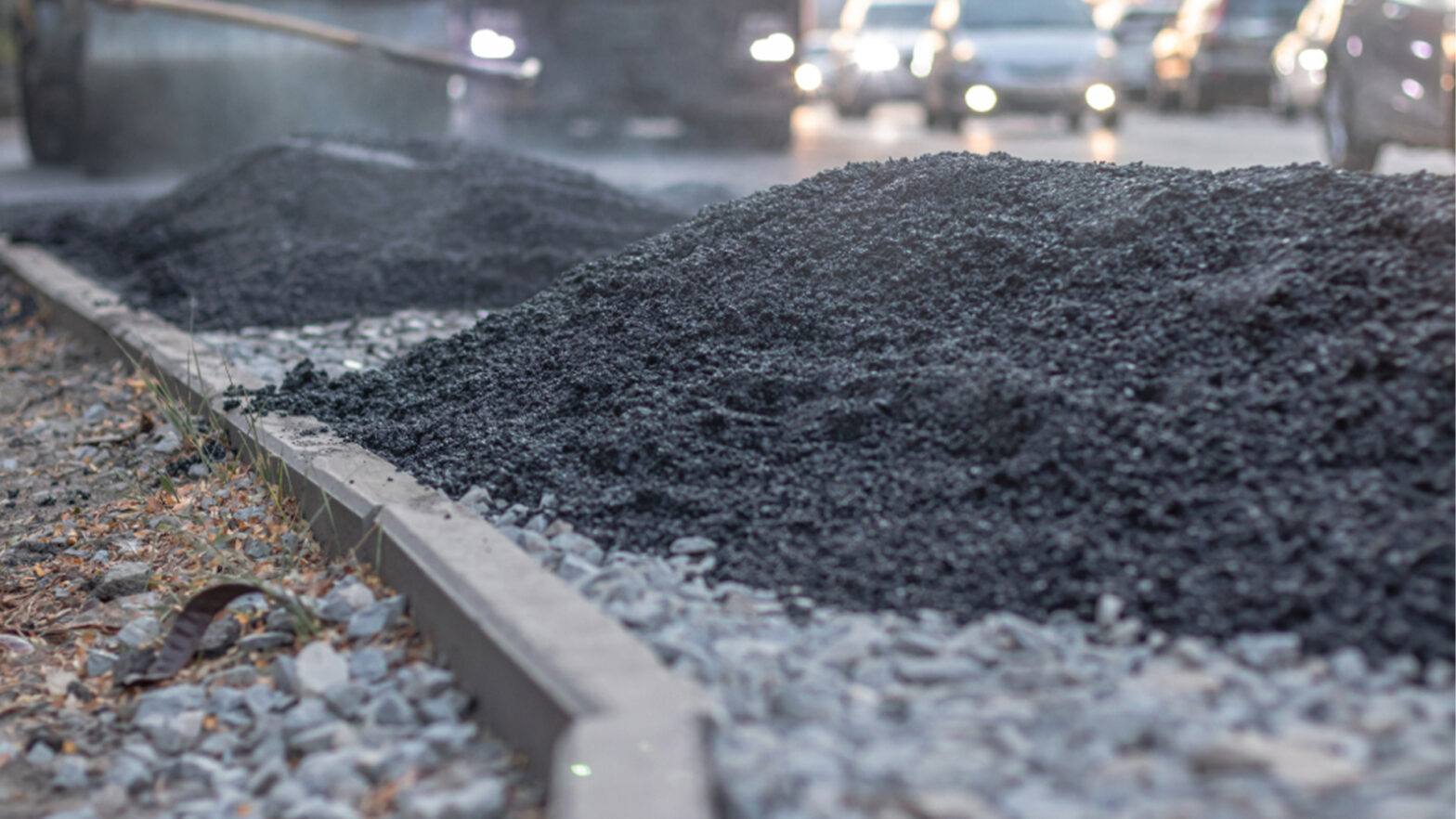When severe weather looms on the horizon, keeping your home safe becomes a priority. Storms can cause anything from small repairs to significant structural damage. However, by acting early, you can reduce the potential harm. Here are some proactive steps to help protect your home from storm damage.
Remove Salt Water
If saltwater flooding has affected your lawn, a vital part of addressing storm damage is removing the salt from the soil as soon as the water recedes. To do this, use a garden hose at full pressure to thoroughly soak the impacted areas with freshwater, which helps push the salt out of the top layers of soil.
For those with an irrigation system, increase both the frequency and duration of watering sessions. After flushing the soil, it’s wise to perform a soil test to evaluate its pH and nutrient levels for further treatment.
Selecting Reliable Repair Services
Choosing the right storm damage roof repair service is essential to ensure both quality and efficiency. Begin by looking into local contractors who focus on storm damage repairs. Prioritize businesses with strong reputations and positive reviews. Personal recommendations from friends or neighbors can also provide helpful insights.
Make sure the contractors hold the proper licenses and certifications for the job. A valid license confirms they meet industry standards and have the necessary skills to handle the repairs. Additionally, confirm they carry adequate insurance. This safeguards you against potential accidents or any extra damage that might occur during the repair process.
Catalog Your Items
Having insurance plays a vital role in recovering from storm damage, making it essential to create an inventory of your home. A home inventory is simply a record of everything inside your home, which is something every homeowner with insurance should prepare before a storm.
Document the contents by taking photos, writing clear descriptions, and including purchase receipts whenever you can. This will make the claims process for storm damage much more straightforward. Once your inventory is ready, store it securely in a location protected from potential storm damage, such as a fireproof or waterproof box, or in a safe deposit box.
Secure Your Yard and Patio
During a storm, flying debris is a major cause of severe damage to homes, and that includes items from your own patio and backyard. The storm can ruin your outdoor furniture, grill, and garden decorations, but worse, it may hurl them into your home, causing damage to siding, breaking windows, or even affecting the roof.
To minimize the risk of storm damage, secure your patio and yard in advance. Make arrangements to bring in cushions and lighter furniture, and ensure grills, heavier items, and anything else the wind might lift are securely anchored.
Be Patient
Severe storms can impact a large number of homeowners simultaneously, leading to a surge in calls to local fence contractors for repairs and replacements. This spike in demand often results in higher costs, as contractors account for overtime pay and increased material prices.
If possible, consider waiting a few weeks to allow contractors to manage their workload. For the best pricing and availability, aim to request an estimate in late fall or early spring, when contractors are often searching for projects to keep their teams busy.
Endnote
Managing roof repairs after storm damage may feel daunting. Still, with the right plan and guidance, you can restore your roof and protect your home’s comfort and safety. Assessing the damage, addressing urgent repairs quickly, and working with an experienced roofer will ensure your roof is properly restored and ready to face future storms.

































